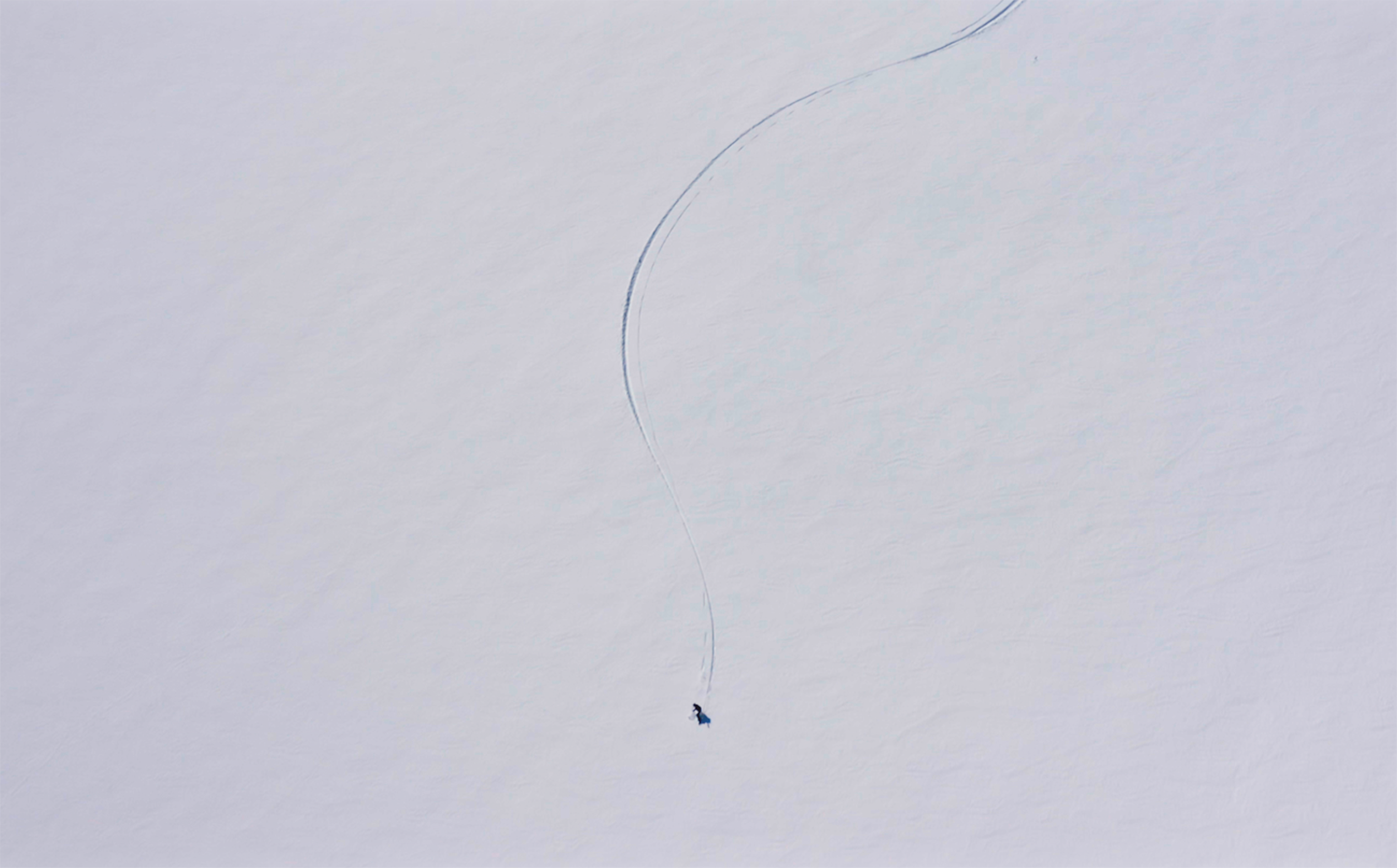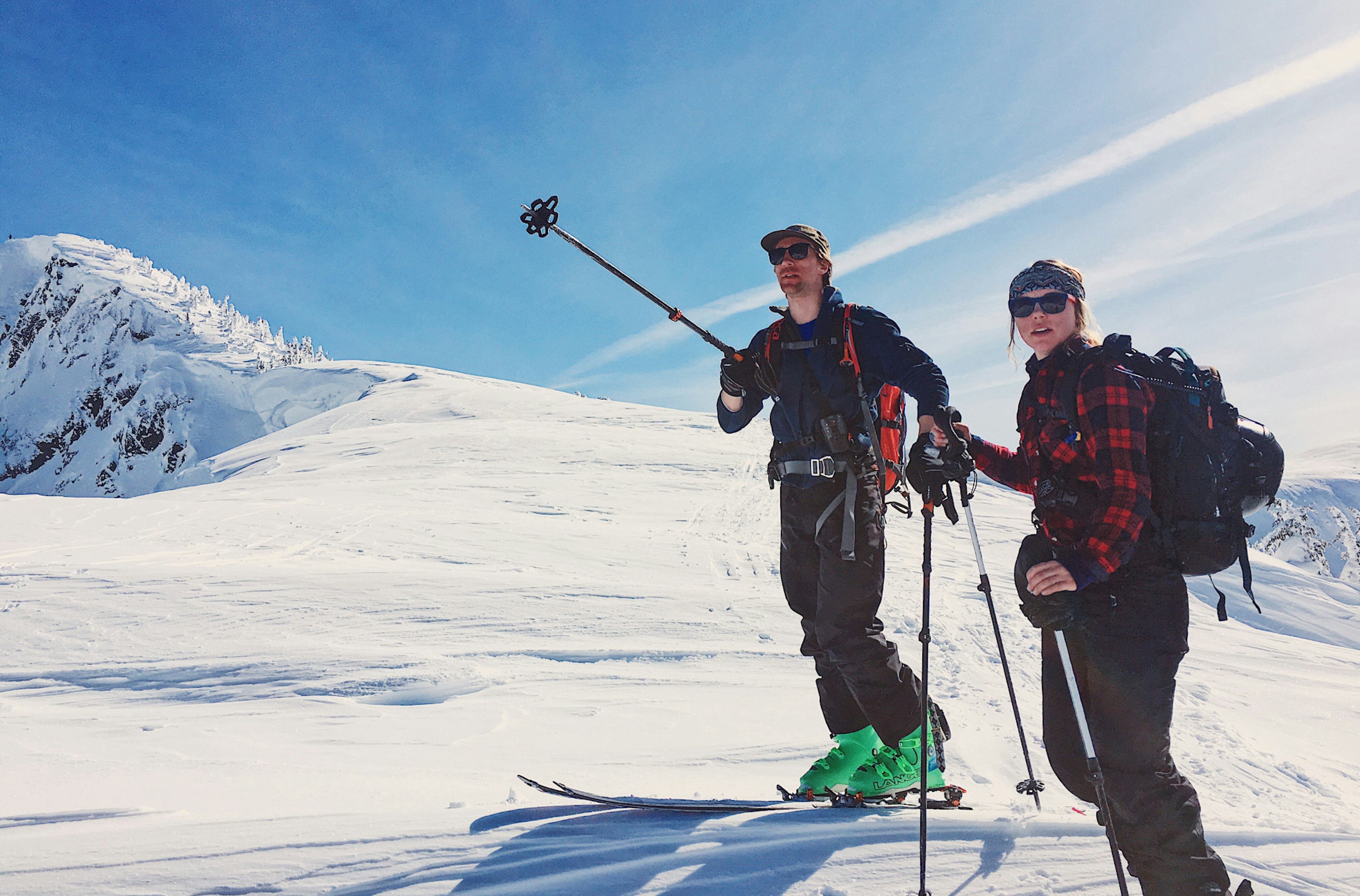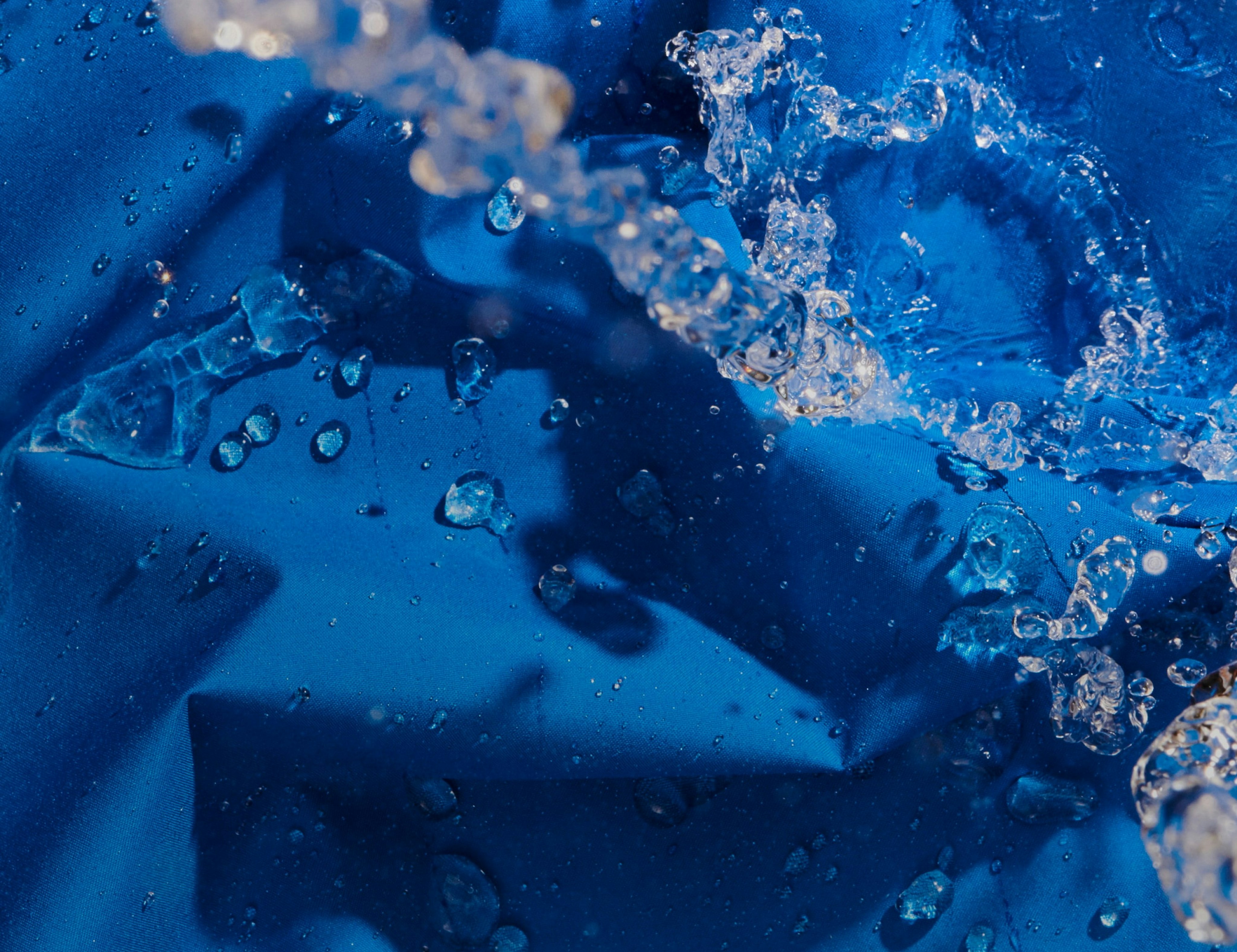Placing trust in unfamiliar terrain
02/23

@Sherpas Cinema
Sherpas Cinema
Alex Phillips
When planning an international ski trip, do you prepare for what it'll feel like when you're not a local, when you don't know the snowpack, the terrain or even the local language? Katie Combaluzier tells us about how a quick getaway to the French Alps changed her life and led her on a path to the Paralympics.
When you move away from the mountains, the anticipation to get back on snow is electrifying. After her first year of medical school in Ireland, Katie Combaluzier was excited to pull out her skis that had been gathering dust since her previous winter spent in Revelstoke, Canada. When she arrived in France, the former racer connected with some friends of friends for a tour at Chamechaude near Grenoble, which tragically ended with one death and left Combaluzier with a fractured spine. Nearly five years later, the soon-to-be doctor explains how feeling like a foreigner impacted her decision-making the day of the accident and how her love of skiing didn’t disappear.
Watch the new film from our Aspects series, Along for the Ride, and check out our extended interview with Combaluzier below.
Did living in Dublin change your relationship to skiing?
For sure. Moving to a country with no snow or mountains after spending the previous season in Revelstoke left me feeling really hungry for the mountains and extremely eager to seize every opportunity I had to ski. I wanted to get on snow, which led to this trip.
In the film, you said there were choices you made that day that you wouldn’t have made otherwise. What did that mean?
Being in unfamiliar terrain in an unfamiliar country played a huge role in the decision-making, or lack thereof, that day. I didn't have my trusted Avalanche Canada forecast to rely on, so I had to put my faith in the local knowledge. Additionally, as a foreigner facing a language barrier, it was super easy to fall into the ‘follower’ role, where I didn't feel like I had a say in what we were doing or where we were going because I wasn’t local. By settling into that passive role, I really allowed decisions to be made without questioning them, and that's something I would never have let happen back in my home mountains where the partnerships were stronger and I had more knowledge of the area.
“It's extremely easy to allow others to make decisions for you when you feel like they're the more dominant voice in the situation.”
Did you feel like you were aware of how much trust you were giving the locals in your group to assess the terrain and avalanche risks? Or was it something that was only obvious in hindsight?
I think I was really focused on keeping up, which is a distraction in its own right. Here we were, doing a tour where they’re locals. I'm the friend of a friend, and I felt really out of touring shape because I couldn’t get out regularly in Ireland. It's a different relationship when you feel you’ve been invited to join someone else’s tour versus when it’s your group of friends that you have a clear rapport with. I didn’t want to be a burden.
I think that’s very relatable. One of the things that struck me in the film was your comments on how the guys took over in the decision-making. I’mcurious about your thoughts on gender dynamics in the outdoors, beyond this accident…
Being a female in a male dominant sport can definitely make me feel like you have to prove yourself or earn your spot. Personally, I have a very timid personality, so I've always found it hard to voice my opinions, especially in spaces where I feel like I'm outnumbered. It's extremely easy to allow others to make decisions for you when you feel like they're the more dominant voice in the situation. But decisions in the backcountry should be a group effort. Everybody deserves to have their voices and perspectives considered.

As a Canadian skiing in Europe, I'm curious if you felt any cultural differences that day?
Definitely. It was my first time ever skiing in Europe, and I saw differences right off the bat. There was no digging pits or a huddle to make group plans or decisions. It felt very fast-paced, like we were going to do our laps, which, I think, is more common in Europe. I was used to Canada, where people are more aware of how alone you are, which makes you think differently about risk. A big difference in these places in Europe is you're always very close to a town, which can make things feel safer. In our situation, we took a local bus to the base of the skin track.
In an interview for Aspects Ep.01, Forrest Schorderetdiscussed why he wanted to be public with the avalanche he and his brother were involved in. What inspires you to share this story?
I don't think there's any reason to keep this a secret. If it can help people, I want it to. Yes, I am telling everyone all these mistakes I made, but hopefully that can prevent incidents in the future. I don't want to pretend that this was just one of those unfortunate accidents. It could have been prevented, and at any point, different decisions could have led to an entirely different outcome - that would have saved a life and saved my life from a lot of suffering.
“Jumps, bumps, trees - sit-skiing allows me to do that.”
Do you see yourself returning to ski touring?
I have these grand ideas of accessing lines under my own power. That's something I'd really like to do, but it’s one of those things that will take a team. Everyone would need to be willing to accept risks. If I was out and there was an avalanche that buried someone else, what could I do?
Those are big decisions. What was it like learning how to sit ski?
When I first tried it, I thought “oh, this feels like snowboarding,” because you’re on one ski and rolling edges. But once you get experienced and if you have racing experience, you learn how to carve the ski. That brings you right back to standing skiing, laying on the edge, arcing a turn. It’s the same thing. At first, I thought I would prefer to ski standing up, but now I see the level of independence and the ability I have sitting. Jumps, bumps, trees - sit-skiing allows me to do that, whereas standing skiing leaves me stuck on the magic carpet. That’s not something I’m interested in.
What do you say to the folks who can’t understand why you went back to skiing after your accident and injury?
As a lifelong skier, it was never going to be an option for me to stop skiing. It doesn't matter that my life changed from a skiing accident. For me, it was the most natural thing in the world. Sitting or standing, at its core, it's the same thing. You're outside, in the mountains and enjoying life. It's my favorite thing in the world.

